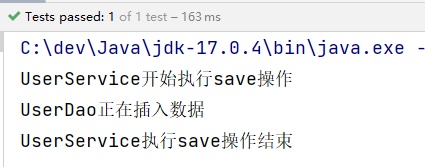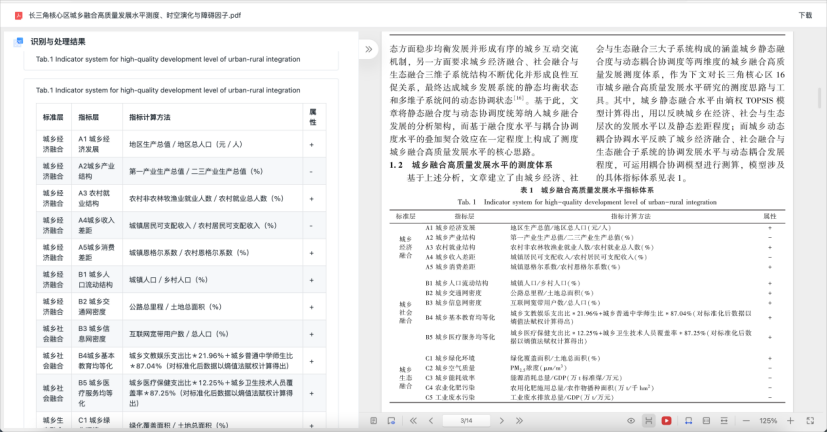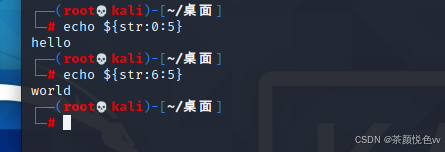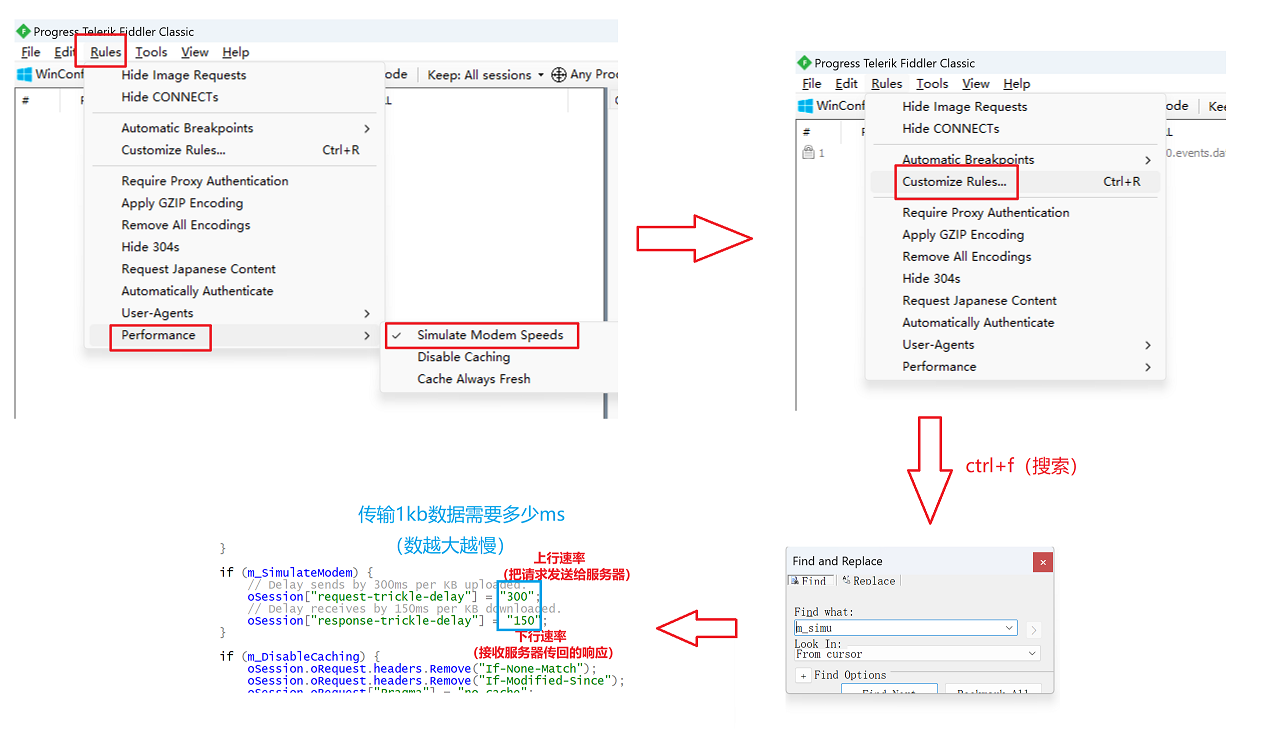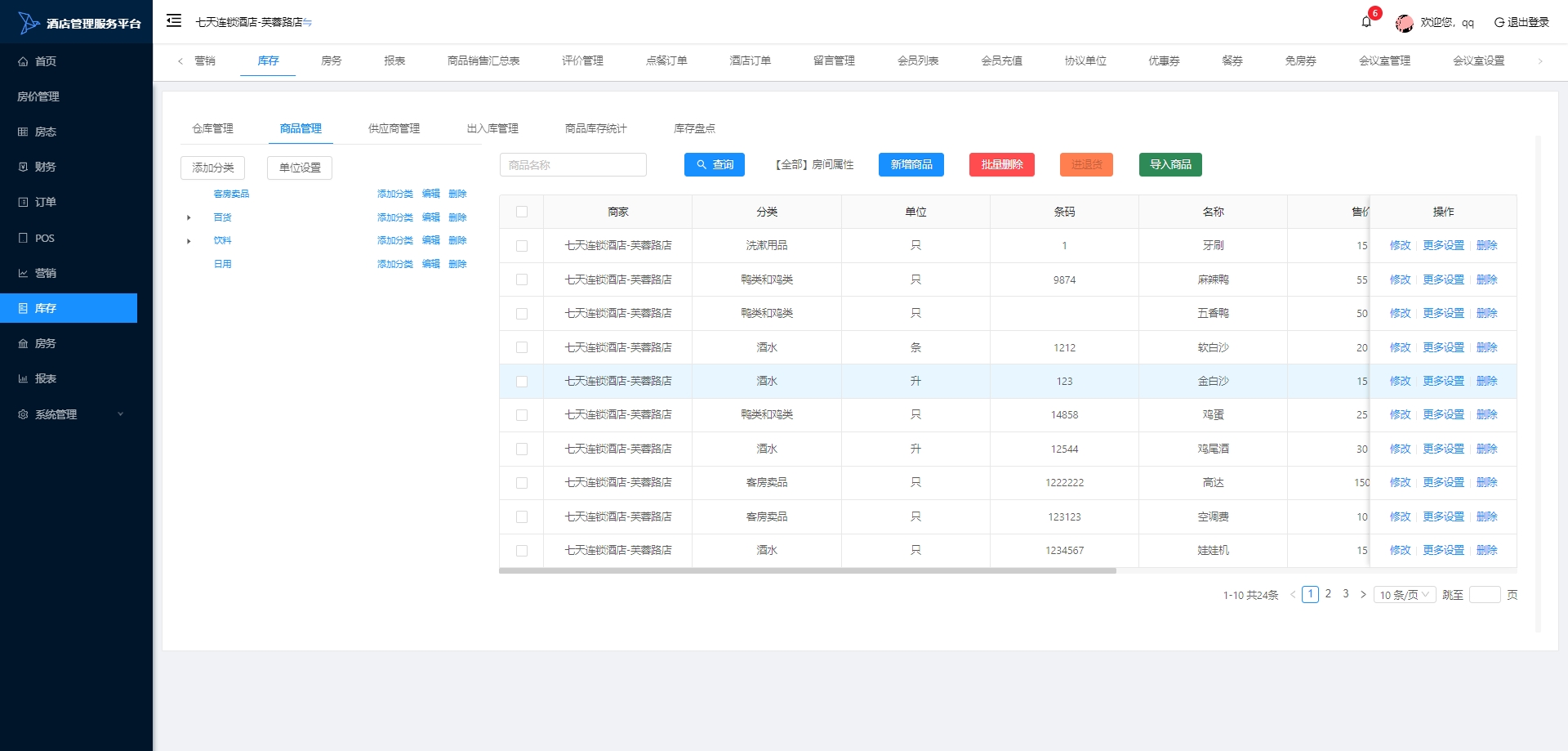十一、手写Spring框架
Spring IoC容器的实现原理:工厂模式 + 解析XML + 反射机制。
我们给自己的框架起名为:loveSpring
第一步:创建模块loveSpring
采用Maven方式新建Module:loveSpring

打包方式采用jar,并且引入dom4j和jaxen的依赖,因为要使用它解析XML文件,还有junit依赖。
<?xml version="1.0" encoding="UTF-8"?>
<project xmlns="http://maven.apache.org/POM/4.0.0"xmlns:xsi="http://www.w3.org/2001/XMLSchema-instance"xsi:schemaLocation="http://maven.apache.org/POM/4.0.0 http://maven.apache.org/xsd/maven-4.0.0.xsd"><modelVersion>4.0.0</modelVersion><groupId>org.loveSpringframework</groupId><artifactId>loveSpring</artifactId><version>1.0.0</version><packaging>jar</packaging><dependencies><dependency><groupId>org.dom4j</groupId><artifactId>dom4j</artifactId><version>2.1.3</version></dependency><dependency><groupId>jaxen</groupId><artifactId>jaxen</artifactId><version>1.2.0</version></dependency><dependency><groupId>junit</groupId><artifactId>junit</artifactId><version>4.13.2</version><scope>test</scope></dependency></dependencies><properties><maven.compiler.source>17</maven.compiler.source><maven.compiler.target>17</maven.compiler.target></properties></project>
第二步:准备好我们要管理的Bean
准备好我们要管理的Bean(这些Bean在将来开发完框架之后是要删除的)
注意包名,不要用org.loveSpringframework包,因为这些Bean不是框架内置的。是将来使用我们框架的程序员提供的。
package com.study.loveSpring.bean;/*** @author sqnugy* @version 1.0* @className Address* @since 1.0**/
public class Address {private String city;private String street;private String zipcode;public Address() {}public String getCity() {return city;}public void setCity(String city) {this.city = city;}public String getStreet() {return street;}public void setStreet(String street) {this.street = street;}public String getZipcode() {return zipcode;}public void setZipcode(String zipcode) {this.zipcode = zipcode;}@Overridepublic String toString() {return "Address{" +"city='" + city + '\'' +", street='" + street + '\'' +", zipcode='" + zipcode + '\'' +'}';}
}package com.study.loveSpring.bean;/*** @author sqnugy* @version 1.0* @className User* @since 1.0**/
public class User {private String name;private int age;private Address addr;public User() {}public String getName() {return name;}public void setName(String name) {this.name = name;}public int getAge() {return age;}public void setAge(int age) {this.age = age;}public Address getAddr() {return addr;}public void setAddr(Address addr) {this.addr = addr;}@Overridepublic String toString() {return "User{" +"name='" + name + '\'' +", age=" + age +", addr=" + addr +'}';}
}第三步:准备loveSpring.xml配置文件
将来在框架开发完毕之后,这个文件也是要删除的。因为这个配置文件的提供者应该是使用这个框架的程序员。
文件名随意,我们这里叫做:loveSpring.xml
文件放在类路径当中即可,我们这里把文件放到类的根路径下。
<?xml version="1.0" encoding="UTF-8"?>
<beans><bean id="userBean" class="com.study.loveSpring.bean.User"><property name="name" value="张三"/><property name="age" value="20"/><property name="addr" ref="addrBean"/></bean><bean id="addrBean" class="com.study.loveSpring.bean.Address"><property name="city" value="北京"/><property name="street" value="大兴区"/><property name="zipcode" value="1000001"/></bean></beans>
使用value给简单属性赋值。使用ref给非简单属性赋值。
第四步:编写ApplicationContext接口
ApplicationContext接口中提供一个getBean()方法,通过该方法可以获取Bean对象。
注意包名:这个接口就是loveSpring框架中的一员了。
package org.loveSpringframework.core;/*** @author sqnugy* @version 1.0* @className ApplicationContext* @since 1.0**/
public interface ApplicationContext {/*** 根据bean的id获取bean实例。* @param beanId bean的id* @return bean实例*/Object getBean(String beanId);
}第五步:编写ClassPathXmlApplicationContext
ClassPathXmlApplicationContext是ApplicationContext接口的实现类。该类从类路径当中加载loveSpring.xml配置文件。
package org.loveSpringframework.core;/*** @author sqnugy* @version 1.0* @className ClassPathXmlApplicationContext* @since 1.0**/
public class ClassPathXmlApplicationContext implements ApplicationContext{@Overridepublic Object getBean(String beanId) {return null;}
}第六步:确定采用Map集合存储Bean
确定采用Map集合存储Bean实例。Map集合的key存储beanId,value存储Bean实例。
Map<String,Object>在ClassPathXmlApplicationContext类中添加Map<String,Object>属性。
并且在ClassPathXmlApplicationContext类中添加构造方法,该构造方法的参数接收loveSpring.xml文件。
同时实现getBean方法。
package org.loveSpringframework.core;import java.util.HashMap;
import java.util.Map;/*** @author sqnugy* @version 1.0* @className ClassPathXmlApplicationContext* @since 1.0**/
public class ClassPathXmlApplicationContext implements ApplicationContext{/*** 存储bean的Map集合*/private Map<String,Object> beanMap = new HashMap<>();/*** 在该构造方法中,解析loveSpring.xml文件,创建所有的Bean实例,并将Bean实例存放到Map集合中。* @param resource 配置文件路径(要求在类路径当中)*/public ClassPathXmlApplicationContext(String resource) {}@Overridepublic Object getBean(String beanId) {return beanMap.get(beanId);}
}第七步:解析配置文件实例化所有Bean
在ClassPathXmlApplicationContext的构造方法中解析配置文件,获取所有bean的类名,通过反射机制调用无参数构造方法创建Bean。并且将Bean对象存放到Map集合中。
/**
* 在该构造方法中,解析loveSpring.xml文件,创建所有的Bean实例,并将Bean实例存放到Map集合中。
* @param resource 配置文件路径(要求在类路径当中)
*/
public ClassPathXmlApplicationContext(String resource) {try {SAXReader reader = new SAXReader();Document document = reader.read(ClassLoader.getSystemClassLoader().getResourceAsStream(resource));// 获取所有的bean标签List<Node> beanNodes = document.selectNodes("//bean");// 遍历集合beanNodes.forEach(beanNode -> {Element beanElt = (Element) beanNode;// 获取idString id = beanElt.attributeValue("id");// 获取classNameString className = beanElt.attributeValue("class");try {// 通过反射机制创建对象Class<?> clazz = Class.forName(className);Constructor<?> defaultConstructor = clazz.getDeclaredConstructor();Object bean = defaultConstructor.newInstance();// 存储到Map集合beanMap.put(id, bean);} catch (Exception e) {e.printStackTrace();}});} catch (Exception e) {e.printStackTrace();}
}
第八步:测试能否获取到Bean
编写测试程序。
package com.study.loveSpring.test;import org.junit.Test;
import org.loveSpringframework.core.ApplicationContext;
import org.loveSpringframework.core.ClassPathXmlApplicationContext;/*** @author sqnugy* @version 1.0* @className loveSpringTest* @since 1.0**/
public class loveSpringTest {@Testpublic void testloveSpring(){ApplicationContext applicationContext = new ClassPathXmlApplicationContext("loveSpring.xml");Object userBean = applicationContext.getBean("userBean");Object addrBean = applicationContext.getBean("addrBean");System.out.println(userBean);System.out.println(addrBean);}
}执行结果:

通过测试Bean已经实例化成功了,属性的值是null,这是我们能够想到的,毕竟我们调用的是无参数构造方法,所以属性都是默认值。
下一步就是我们应该如何给Bean的属性赋值呢?
第九步:给Bean的属性赋值
通过反射机制调用set方法,给Bean的属性赋值。
继续在ClassPathXmlApplicationContext构造方法中编写代码。
package org.loveSpringframework.core;import org.dom4j.Document;
import org.dom4j.Element;
import org.dom4j.Node;
import org.dom4j.io.SAXReader;import java.lang.reflect.Constructor;
import java.lang.reflect.Method;
import java.util.HashMap;
import java.util.List;
import java.util.Map;/*** @author sqnugy* @version 1.0* @className ClassPathXmlApplicationContext* @since 1.0**/
public class ClassPathXmlApplicationContext implements ApplicationContext{/*** 存储bean的Map集合*/private Map<String,Object> beanMap = new HashMap<>();/*** 在该构造方法中,解析loveSpring.xml文件,创建所有的Bean实例,并将Bean实例存放到Map集合中。* @param resource 配置文件路径(要求在类路径当中)*/public ClassPathXmlApplicationContext(String resource) {try {SAXReader reader = new SAXReader();Document document = reader.read(ClassLoader.getSystemClassLoader().getResourceAsStream(resource));// 获取所有的bean标签List<Node> beanNodes = document.selectNodes("//bean");// 遍历集合(这里的遍历只实例化Bean,不给属性赋值。为什么要这样做?)beanNodes.forEach(beanNode -> {Element beanElt = (Element) beanNode;// 获取idString id = beanElt.attributeValue("id");// 获取classNameString className = beanElt.attributeValue("class");try {// 通过反射机制创建对象Class<?> clazz = Class.forName(className);Constructor<?> defaultConstructor = clazz.getDeclaredConstructor();Object bean = defaultConstructor.newInstance();// 存储到Map集合beanMap.put(id, bean);} catch (Exception e) {e.printStackTrace();}});// 再重新遍历集合,这次遍历是为了给Bean的所有属性赋值。// 思考:为什么不在上面的循环中给Bean的属性赋值,而在这里再重新遍历一次呢?// 通过这里你是否能够想到Spring是如何解决循环依赖的:实例化和属性赋值分开。beanNodes.forEach(beanNode -> {Element beanElt = (Element) beanNode;// 获取bean的idString beanId = beanElt.attributeValue("id");// 获取所有property标签List<Element> propertyElts = beanElt.elements("property");// 遍历所有属性propertyElts.forEach(propertyElt -> {try {// 获取属性名String propertyName = propertyElt.attributeValue("name");// 获取属性类型Class<?> propertyType = beanMap.get(beanId).getClass().getDeclaredField(propertyName).getType();// 获取set方法名String setMethodName = "set" + propertyName.toUpperCase().charAt(0) + propertyName.substring(1);// 获取set方法Method setMethod = beanMap.get(beanId).getClass().getDeclaredMethod(setMethodName, propertyType);// 获取属性的值,值可能是value,也可能是ref。// 获取valueString propertyValue = propertyElt.attributeValue("value");// 获取refString propertyRef = propertyElt.attributeValue("ref");Object propertyVal = null;if (propertyValue != null) {// 该属性是简单属性String propertyTypeSimpleName = propertyType.getSimpleName();switch (propertyTypeSimpleName) {case "byte": case "Byte":propertyVal = Byte.valueOf(propertyValue);break;case "short": case "Short":propertyVal = Short.valueOf(propertyValue);break;case "int": case "Integer":propertyVal = Integer.valueOf(propertyValue);break;case "long": case "Long":propertyVal = Long.valueOf(propertyValue);break;case "float": case "Float":propertyVal = Float.valueOf(propertyValue);break;case "double": case "Double":propertyVal = Double.valueOf(propertyValue);break;case "boolean": case "Boolean":propertyVal = Boolean.valueOf(propertyValue);break;case "char": case "Character":propertyVal = propertyValue.charAt(0);break;case "String":propertyVal = propertyValue;break;}setMethod.invoke(beanMap.get(beanId), propertyVal);}if (propertyRef != null) {// 该属性不是简单属性setMethod.invoke(beanMap.get(beanId), beanMap.get(propertyRef));}} catch (Exception e) {e.printStackTrace();}});});} catch (Exception e) {e.printStackTrace();}}@Overridepublic Object getBean(String beanId) {return beanMap.get(beanId);}
}重点处理:当property标签中是value怎么办?是ref怎么办?
执行测试程序:

第十步:打包发布
将多余的类以及配置文件删除,使用maven打包发布。


第十一步:站在程序员角度使用loveSpring框架
新建模块:loveSpring-test

引入loveSpring框架的依赖:
<?xml version="1.0" encoding="UTF-8"?>
<project xmlns="http://maven.apache.org/POM/4.0.0"xmlns:xsi="http://www.w3.org/2001/XMLSchema-instance"xsi:schemaLocation="http://maven.apache.org/POM/4.0.0 http://maven.apache.org/xsd/maven-4.0.0.xsd"><modelVersion>4.0.0</modelVersion><groupId>com.study</groupId><artifactId>loveSpring-test</artifactId><version>1.0-SNAPSHOT</version><packaging>jar</packaging><dependencies><dependency><groupId>org.loveSpringframework</groupId><artifactId>loveSpring</artifactId><version>1.0.0</version></dependency><dependency><groupId>junit</groupId><artifactId>junit</artifactId><version>4.13.2</version><scope>test</scope></dependency></dependencies><properties><maven.compiler.source>17</maven.compiler.source><maven.compiler.target>17</maven.compiler.target></properties></project>
编写Bean
package com.study.loveSpring.bean;/*** @author sqnugy* @version 1.0* @className UserDao* @since 1.0**/
public class UserDao {public void insert(){System.out.println("UserDao正在插入数据");}
}package com.study.loveSpring.bean;/*** @author sqnugy* @version 1.0* @className UserService* @since 1.0**/
public class UserService {private UserDao userDao;public void setUserDao(UserDao userDao) {this.userDao = userDao;}public void save(){System.out.println("UserService开始执行save操作");userDao.insert();System.out.println("UserService执行save操作结束");}
}编写loveSpring.xml文件
<?xml version="1.0" encoding="UTF-8"?><beans><bean id="userServiceBean" class="com.study.loveSpring.bean.UserService"><property name="userDao" ref="userDaoBean"/></bean><bean id="userDaoBean" class="com.study.loveSpring.bean.UserDao"/></beans>
编写测试程序
package com.study.loveSpring.test;import com.study.loveSpring.bean.UserService;
import org.junit.Test;
import org.loveSpringframework.core.ApplicationContext;
import org.loveSpringframework.core.ClassPathXmlApplicationContext;/*** @author sqnugy* @version 1.0* @className loveSpringTest* @since 1.0**/
public class loveSpringTest {@Testpublic void testloveSpring(){ApplicationContext applicationContext = new ClassPathXmlApplicationContext("loveSpring.xml");UserService userServiceBean = (UserService) applicationContext.getBean("userServiceBean");userServiceBean.save();}
}执行结果
